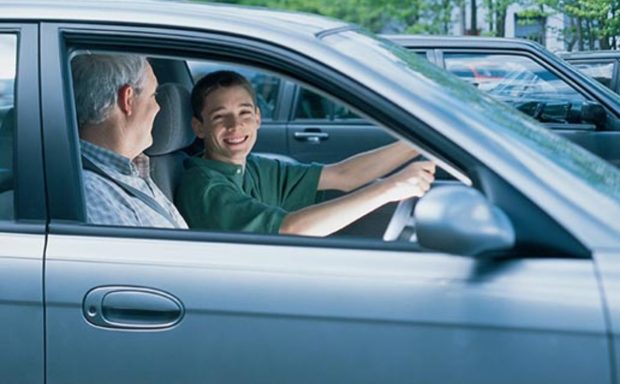Obtaining a driver’s license is an important milestone in a person’s life. In the state of California, an individual can apply for a driver’s license at the age of 18 or older. However, there are certain criteria that must be met in order to obtain a license. In this article, we will discuss the requirements for getting a license at the age of 18 or after in the state of California.
- Age requirement:
The first and foremost requirement for obtaining a driver’s license in California is age. An individual must be at least 18 years old to apply for a driver’s license. If a person is younger than 18 years old, they must go through a graduated licensing program before obtaining a full driver’s license.
2. Written test:
In order to obtain a driver’s license in California, an individual must pass a written test. The test covers the rules of the road, traffic laws, and safe driving practices. The test is available in multiple languages and can be taken at a California Department of Motor Vehicles (DMV) office or online.
3. Driver’s education:
California requires all first-time drivers under the age of 18 to complete a driver’s education course before they can apply for a driver’s license. However, for individuals over the age of 18, driver’s education is not mandatory. Nevertheless, taking a driver’s education course can help individuals pass the written test and become a safer driver.
4.Behind-the-wheel training:
Individuals who are under the age of 18 must also complete behind-the-wheel training with a licensed driving instructor. However, for individuals over the age of 18, behind-the-wheel training is not mandatory. Nevertheless, it is highly recommended, as it helps individuals gain practical driving experience.
5.Driving test:
Once an individual has completed the written test and the required driver’s education and behind-the-wheel training, they can schedule a driving test with the DMV. The driving test is a practical test that assesses a person’s driving skills. It includes performing basic maneuvers such as turning, changing lanes, and parallel parking.
6.Vision test:
Before obtaining a driver’s license in California, an individual must also pass a vision test. The vision test checks if a person’s vision meets the minimum requirements for driving safely.
7.Proof of identity and residency:
Lastly, an individual must provide proof of identity and residency to the DMV. This includes a valid passport, birth certificate, or a California ID card. Additionally, individuals must provide proof of residency in California, such as a utility bill or a lease agreement.
In conclusion, obtaining a driver’s license in the state of California is a process that involves several steps. The requirements for obtaining a license at the age of 18 or after include passing a written test, completing driver’s education (if under 18), passing a behind-the-wheel training (if under 18), passing a driving test, passing a vision test, and providing proof of identity and residency. It is important to note that driving is a privilege, and individuals must take the responsibility of driving seriously to ensure their safety and the safety of others on the road.

